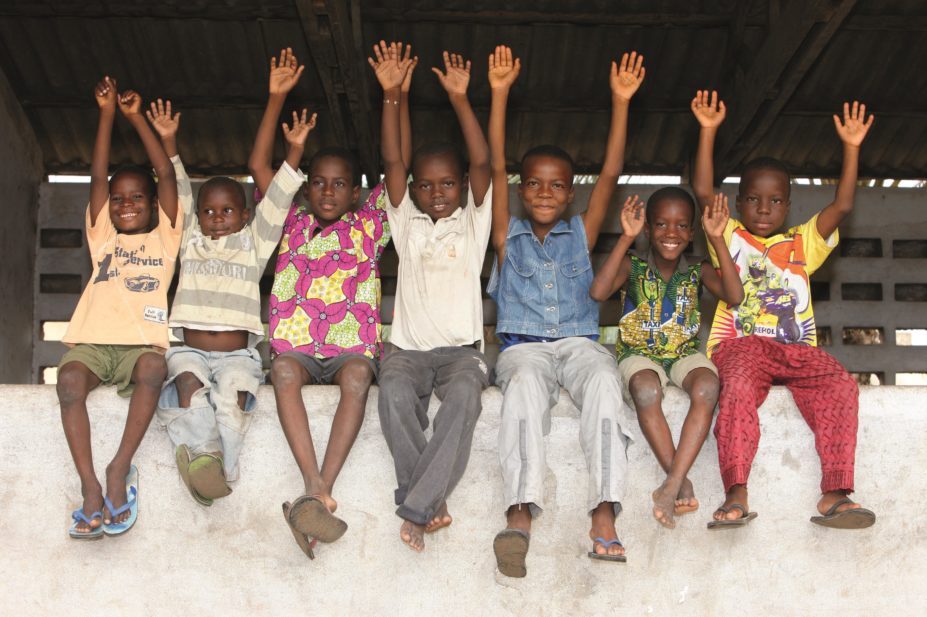
Pascal Deloche / Getty Images
December 2015 is the deadline the UN set itself to achieve ambitious targets aimed at tackling some of the great global health inequalities. The Millennium Development Goals, agreed by all 189 UN member states in September 2000, are akin to US President John F Kennedy’s proclamation in 1961 that man would go to the moon within a decade: grand in scope, and with the potential to change the world, albeit with more grounded aspirations.
Four of the Millennium Development Goals are concerned with public health: the eradication of poverty and hunger; the reduction in child mortality; the improvement of maternal health; and the battle against HIV/AIDS, malaria and disease. The other four each impact health indirectly: universal primary education; gender equality and empowerment of women; environmental sustainability; and global development partnership. The eight goals are, in effect, global SMART (specific, measurable) objectives.
The UN will review the goals in September 2015, but the report card for each goal has already begun to be marked.
The UN aimed to halve the number of people living on less than US$1 per day, and halve those living in poverty and hunger, compared with 1990. The poverty target has been achieved. In 1990, 36% of the worldwide population lived on less than US$1.25 per day (the number was changed due to inflation and better estimates); in 2010, five years ahead of schedule, the proportion was 18%. In terms of hunger, in 1990–1992 around 24% of people in developing regions were undernourished; by 2011–2013, the figure was around 14%. This is a staggering achievement, although it still means 842 million people — equivalent to one in eight of the world population — are malnourished.
Child mortality is also set to miss its target. The aim was to reduce mortality in children aged under five years by two-thirds compared with 1990 but only a reduction of half has been achieved. The number of child deaths worldwide totalled around 6.3 million in 2013, compared with 12.7 million deaths in 1990. This is equal to 17,000 fewer children dying each day. Regions that require further progress are sub-Saharan Africa and Southern Asia, where around 80% of deaths in children aged under five years occur.
Maternal health improvement is following a similar pattern. Although the global maternal mortality ratio has fallen by 45% (from 380 to 210 deaths per 100,000 live births) since 1990, it has not met the target to reduce it by three-quarters. Areas of success include East and Southern Asia and North Africa, where maternal mortality has declined by around two-thirds, but the ratio is still 14 times higher in the developing world compared with developed countries.
There is still a way to go to achieve the target of universal access to reproductive health, too. In Sub-Saharan Africa, only 26% of women who are married or in union and aged 15–49 years are using contraception, and only half of women in developing regions now receive the recommended levels of healthcare they need. Gender equality is also still a distant aim, as women are subordinated in some countries because of religious or cultural beliefs. True gender equality, the UN claims, is only seen at primary school level.
The final health goal, to combat HIV/AIDs, malaria and other diseases, was always going to be much harder to achieve, and it is unsurprising that, of all the objectives, this has the furthest to go. Despite advances in antiretroviral therapy and a general decline in HIV infections, the epidemic continues largely unchecked, partly owing to a poor understanding of the disease, particularly in the countries where it is most widespread. In April 2006, South Africa’s president Jacob Zuma told a court he had unprotected sex with a HIV-infected woman then took a shower to minimise his risk of infection. His statement was understandably met with consternation and outrage among those working to tackle the stigma of HIV. It is, however, not an uncommon misconception in a country where an estimated 6.1 million people live with HIV.
Malaria is also far from eradicated, although there has been a 42% decline in mortality between 2000 and 2012 because of improved interventions such as artemisinin and provision of basics such as insecticidal mosquito nets.
Yet to dismiss the eight targets as unmet promises is to do an injustice to the countless healthcare workers, scientists and planners who have achieved so much in little more than a decade. The UN’s global data show indisputable progress across all eight areas. Local crises now receive a global response. Health conversations have changed to the point that we now talk of malaria’s eradication within our lifetime. Sanitation in developing countries is transforming polluted slums into cities with sewers and safe drinking water.
The question is whether these improvements will continue. The UN will meet in September 2015 to decide the direction of travel. Already, the UN is looking to develop a new set of targets building on the Millennium Development Goals. Possible aims include an end to poverty and hunger, combatting climate change, and improving ecological conservation.
The UN must not forget the current goals, or the challenges that threaten the progress made. Threats to public health come in all forms, from discrimination against potential HIV at-risk groups through to the increasing march of antimicrobial resistance.
Kennedy’s grand ambition was realised in one giant leap for mankind; eradicating diseases of poverty in the developing world will require many small steps. We must continue on this long march.

